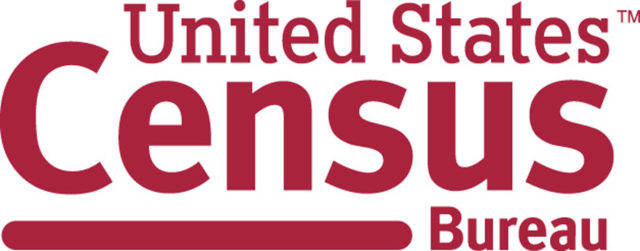
Genealogy conferences all over the nation almost always have a room set up for vendors to sell genealogy-related items such as books, maps, how-to manuals and old postcards. There are always vendors who sell T-shirts with humorous genealogy pun-laden sayings. The most common joke (I use the term loosely) is worn by about 20 percent of the attendees at the conference, and it says “Genealogists Never Die, They Just Lose Their Census.”
I’ll pause while you groan….
Before the internet was a daily part of our lives, one of the most important sources was the federal census. If you did not know whether your eldest aunt or uncle was born in Chicago, Italy or elsewhere, the census was the logical place to look. It saved a lot of time and money that you might have spent at the county clerk’s office seeking a birth certificate they didn’t have because Zio Francesco wasn’t born in Chicago.
Even though you can search websites directly for information that used to be only available on film or in person, the census still fills its role as a guide that narrows the scope of your search.
Back in the old days, you had to find the census page by first searching a Soundex microfilm, usually only available at the National Archives on the South Side. Now you can search directly on Ancestry, familysearch, the National Archive web site (www.archives.gov) and many others.
Now that you can find people directly rather than using Soundex, it’s actually a bit harder to find the right person. Most census forms, if not all of them, are hand written. For our Chicago-based Italians, we have a number of additional census problems.
First of all, Italians who had not yet become citizens were worried that the census taker was actually a government agent whose job was to deport them. So they hid, or they only mentioned some of the relatives in the building but not all.
Secondly, the census taker did not always speak Italian and the Italian did not always speak English, so the names could be spelled quite poorly.
A key search technique is to use Ancestry or familysearch to search for more than one person at a time. In other words, search for Tony, with no last name, and click “parents” and search for father Francesco and mother Rosa. Then click “Type” and click the box only for “Census.” If you want to be very specific regarding the census year, click “Residence” and put in “Illinois.” “1920.” “1920:” to narrow the census to only the 1920 enumerations. If you still get too many search results, you can click “Birth” and enter either “Illinois” or “Italy” for Tony’s birthplace. You can then enter a range of years for his birth (1908, 1912) and only Tony’s who were between 7 and 12 or so will appear, if their parents were Francesco and Rosa.
A few things to keep in mind. The 1890 census is mostly destroyed by a fire, but small fragments of it exist for some parts of the country. Also, each census has a different list of pieces of information. You can find whatever you need to in the following article on familysearch.org.
https://www.familysearch.org/wiki/en/United_States_Census
Once you find your family in the census, the next step is to save the page(s) and name them for the correct family. Don’t just save “DSC28363248.jpg” and expect to be able to find it again. These records are particularly difficult to read, and you don’t want to be opening a bunch of jpeg files looking for the one with a specific relative on it.
If the census tells you that your relative was born in Italy and the year he or she emigrated, it can help you narrow down the passenger list. Passenger lists are rarely specific about who is related to whom, so when you know they were arriving in 1912, you can eliminate other records for people with the same name from the same town.
The census will also show you ages for the entire family, and when you see a multi-year gap between children, you can take a guess that A) there was an infant born during that gap who died before the census was taken; or B) Papa was in America and Momma was still in Italy, so they had no children while they were on separate continents.
The best piece of information is the street address. They might not be in a city directory but if you find them in the census, you can now find the closest churches and then look for baptisms, marriages and deaths in the church records. If the census was 1900 or before (and 1910 in the heart of downtown) the addresses will be different than what we know. In 1909 Chicago renumbered its streets from the State/Madison system instead of using the Chicago River as the central point. So if someone lived in the 800 block of 12th Street (It was not quite named Roosevelt Road yet) before 1909, it was not near Halsted. To find the conversion guide for Chicago streets (1910 is when the Loop changed its addresses), the best page is:
http://www.chsmedia.org/househistory/1909snc/start.PDF
Next month, we will look at specific censuses and see what information we can learn from them!
Write to Dan at italianroots@comcast.net and please put “Fra Noi” in the subject.
 Fra Noi Embrace Your Inner Italian
Fra Noi Embrace Your Inner Italian






